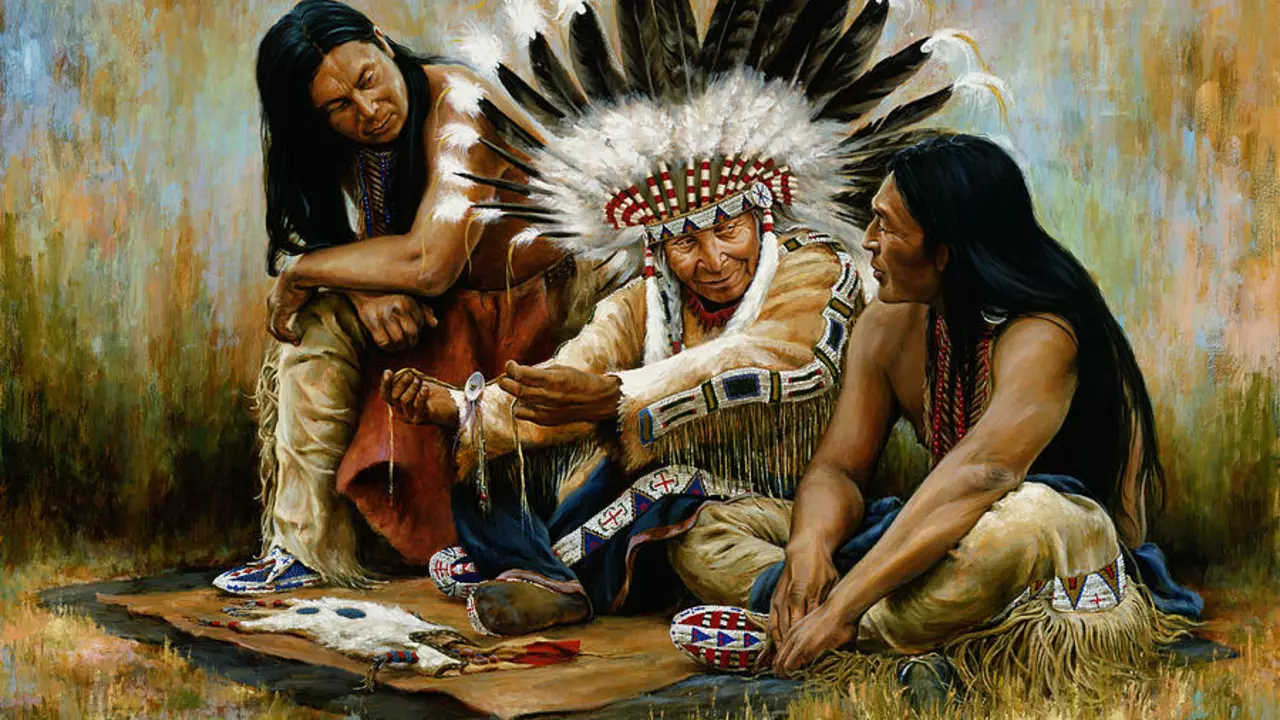Do Indians live in Alaska?

The History of Indians in Alaska
Let's start by going back in time. To begin with, when we talk about Indians living in Alaska, it's important to clarify that we're referring to the Native Alaskan tribes, not individuals from the South Asian nation of India. The history of Native Alaskans is rich and fascinating, tracing back thousands of years. These indigenous people have been living in Alaska long before it became a part of the United States.
The Native Alaskan tribes, also known as the Alaskan Natives, are divided into eleven distinct cultures. Each of these cultures has its own unique traditions, languages, and ways of life. These tribes include the Inupiaq, Yupik, Aleut, Eyak, Tlingit, Haida, Tsimshian, and others. The influences of these tribes can be seen in every aspect of Alaskan life, from its culture and art to its food and festivals.
Contemporary Life of Indians in Alaska
Today, the Alaskan Natives continue to play a crucial role in shaping the state's identity. They comprise about 15% of Alaska's population, making them a significant minority group. They live in all parts of the state, from the bustling city of Anchorage to the remote, rural villages in the Alaskan wilderness.
Alaskan Natives today are involved in a variety of professions. Some continue to embrace their traditional ways of life, living off the land and sea, while others work in modern industries such as healthcare, education, and government. The Alaskan Native corporations, established by the Alaska Native Claims Settlement Act in 1971, are among the largest employers in the state.
Challenges Faced by Indians in Alaska
Despite their resilience and cultural strength, the Alaskan Natives face several challenges. Many of these issues are a result of historical trauma, systemic racism, and socio-economic disparities. These include higher rates of poverty, unemployment, substance abuse, and health issues compared to the general U.S. population.
Additionally, many Alaskan Native communities are located in remote areas, which can make access to healthcare, education, and other essential services difficult. Climate change also poses a significant threat to these communities, particularly those that rely on subsistence hunting and fishing.
Preserving the Cultural Heritage of Indians in Alaska
Cultural preservation is a significant aspect of life for the Alaskan Natives. They are actively working to keep their languages, arts, and traditions alive. This includes efforts to teach the younger generation their ancestral languages, practicing traditional crafts, and organizing cultural festivals and events.
Organizations like the Alaska Native Heritage Center in Anchorage are doing a fantastic job of showcasing the rich history and culture of the Alaskan Natives. They provide educational resources, host cultural events, and offer immersive experiences for visitors.
The Influence of Indians in Alaska
The influence of Alaskan Natives can be seen all across the state. Their contributions have shaped Alaska's culture, economy, and way of life. From the indigenous art showcased in galleries across the state to the traditional foods that have become a staple of Alaskan cuisine, their influence is all-pervasive.
Moreover, the Alaskan Natives have been instrumental in conserving the state's natural resources and biodiversity. Their traditional knowledge and sustainable ways of living are an invaluable asset in an era of climate change and environmental degradation.
Legal Rights and Representation of Indians in Alaska
Over the years, Alaskan Natives have fought for their rights and representation, leading to significant policy changes. The Alaska Native Claims Settlement Act of 1971, for instance, was a landmark legislation that settled land claims and established the system of Native corporations.
Today, Alaskan Natives are represented in various spheres of government and society. They have their representatives in the state legislature, city councils, and on corporate boards. They also have a significant voice in matters related to land use, natural resources, and cultural preservation.
Conclusion: The Vibrant Indian Community in Alaska
In conclusion, the Alaskan Natives or Indians in Alaska are an integral part of the state's history, culture, and identity. Their resilience, cultural richness, and contributions have helped shape Alaska into what it is today. Despite the challenges they face, they continue to thrive, preserving their cultural heritage, influencing the state, and actively participating in its governance and economy.
So, when one asks, "Do Indians live in Alaska?" The answer is a resounding yes. They do, and they make Alaska a more vibrant, diverse, and interesting place.